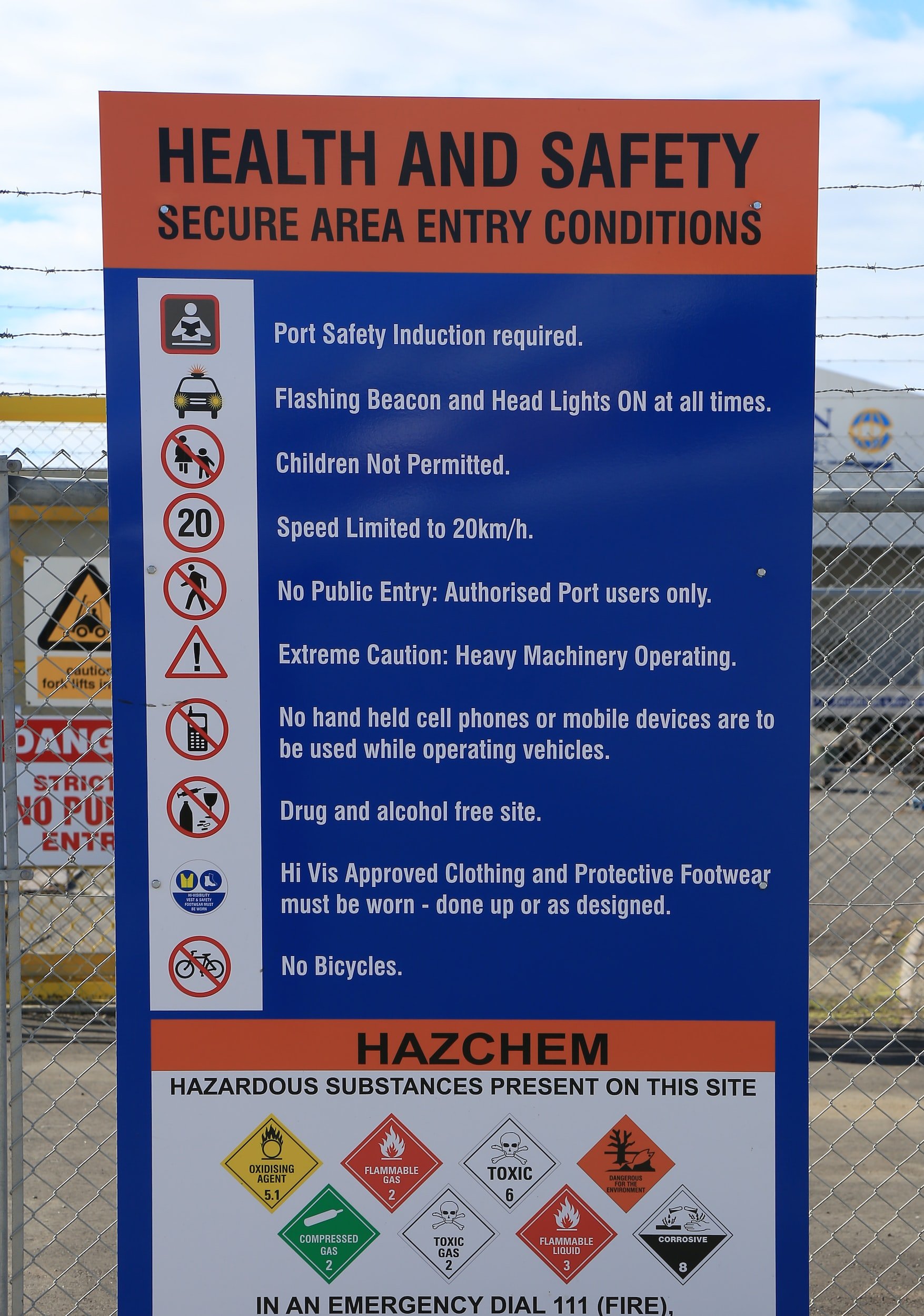Who can access building sites?
To keep everyone safe, regulations exist to restrict who's allowed to access a construction site while demolition, construction or renovation is underway. Uncontrolled hazards may exist on the site, and the builder is responsible for making sure everyone returns home safely to their families. To do so, anyone required to access a construction site must have completed a safety induction and been issued a construction induction card allowing unsupervised access to the site.
Contractors and Workers
The first group of people who are allowed to access a construction site are the contractors and workers who are directly involved in the construction, renovation, or demolition process. However, before they can access the site unsupervised, they are required to complete a safety induction course. This course covers topics such as identifying potential hazards, the proper use of safety equipment, and emergency procedures. Upon completion of the course, workers are issued a construction induction card, which they must carry with them at all times while on the site. This card indicates that they have the necessary knowledge and training to work safely on the construction site.
Inspectors and Regulators
Another group of people who may need to access a construction site are inspectors and regulators. These individuals are responsible for ensuring that the construction work is in compliance with all relevant safety regulations and building codes. They may include representatives from government agencies, local councils, or industry bodies. Like contractors and workers, inspectors and regulators are also required to complete a safety induction course and hold a construction induction card before accessing the site.
Visitors
Occasionally, there may be a need for visitors to access the construction site. These visitors may include designers, architects, or consultants. Visitors are also required to complete the full safety induction course like contractors and workers. It also recommended that visitors are also accompanied by a supervisor at all times while on the site. The supervisor ensures that the visitors are aware of any potential hazards and do not pose a danger to themselves or others on the site.
What if I'm the owner?
Even as the owner of the property, for the purposes of occupational health and safety, you can not access the construction site without a full safety induction or you must be accompanied by someone who has completed a safety induction .
Depending on your situation, you may be entitled to 'reasonable' access, but it is important to note that any additional costs as a result of any interference or delay are your responsibility, not the builder's.
Some circumstances may arise where a visitor requires access to carry out inspections during the construction, this can be arranged by the builder.
Unauthorised entry
Despite the regulations that exist to control access to construction sites, there are still instances where unauthorised individuals attempt to gain access to the site. These individuals, known as trespassers, pose a significant safety risk to themselves and others on the site. To prevent unauthorised access, builders will often erect fencing and signage around the site perimeter. They may also employ security systems to monitor the site outside of working hours. Trespassers who gain access to the site can face serious consequences, including fines and legal action. These fines are in place to protect everyone involved in the construction process and to discourage unauthorised access. If you are caught unsupervised on the site, the builder has the right to remove you.
Restricting access to construction sites is necessary to ensure a safe work environment for workers and visitors alike. Safety is everyone’s responsibility. When everyone works together with a common goal of safety for themselves and those around them by following regulations provided, we can help create a safer working environment for everyone involved in the construction process.




